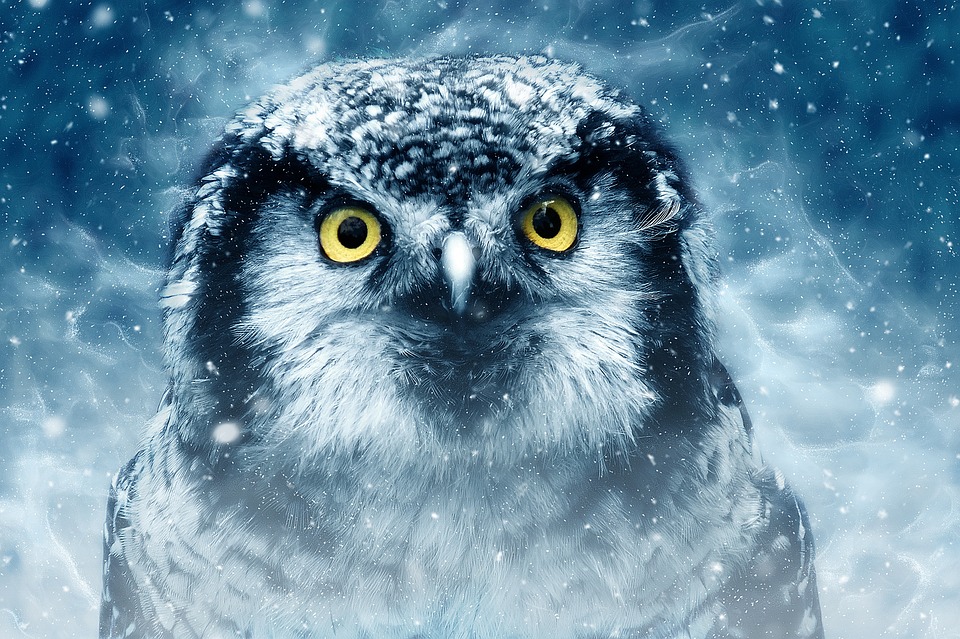Pixar Animation Studios has become one of the most recognizable and beloved animation studios in the world, and for good reason. For over 30 years, Pixar has consistently produced inventive, inspiring stories that transcend age, culture, and language. The studio’s iconic characters, animated settings, and stunning visuals have earned them countless awards and accolades, and helped to define the modern era of computer-generated animation.
At the heart of this success is Pixar’s commitment to storytelling, which is anchored by their unique approach to design and imagery. Pixar’s creative process is both highly collaborative and intensely focused on visual storytelling. The studio’s artists and animators work together to craft inspiring character designs, captivating landscapes, and dynamic action sequences that bring their stories to life in vivid detail.
One of the key elements of Pixar’s design philosophy is the idea of “character design as storytelling.” In other words, every aspect of a character’s appearance, from their physical attributes to their clothing and accessories, should reflect and contribute to their personalities and backstories. Pixar’s artists continually refine and iterate on their designs until every detail feels deliberate and meaningful, adding depth and nuance to every interaction and expression.
This approach extends to the studio’s environments and settings as well. Whether it’s the post-apocalyptic wasteland of WALL-E, the lush tropical paradise of Moana, or the magical underworld of Coco, Pixar’s landscapes are meticulously crafted to tell a story. Every rock, tree, and building is designed to not only look realistic but imbued with a sense of history and purpose, further immersing viewers in the world and its characters.
Of course, none of this would be possible without Pixar’s advanced animation technology, but unlike some studios that rely solely on flashy visuals and effects, Pixar prioritizes using technology as a storytelling tool. Their animators use a complex system of rigs and controls to bring their characters to life, prioritizing naturalistic movements and expressions that further emphasize the story’s emotional beats and themes.
The use of color also plays an important role in Pixar’s design process. Each film has its color palette that sets the tone and mood for each scene. For example, the bright and vibrant colors used in Toy Story and Inside Out give a sense of energy and excitement while the more muted palette of Up and Finding Nemo creates a sense of adventure and mystery.
Perhaps most impressively, Pixar’s design and animation work seamlessly together, amplifying and enhancing each other. Characters move and interact with the environment in ways that feel natural and alive, bolstered by the painstaking attention to detail invested in their designs. The end result is a world that feels cohesive, realistic, and truly immersive, drawing viewers in and engrossing them in the story.
Ultimately, Pixar’s commitment to design and imagery speaks to the power and potential of visual storytelling. By investing in each detail and pushing the limits of technology, the studio has created worlds that touch the hearts and minds of viewers young and old. Through their art, Pixar has pioneered a new era of animation and storytelling, and their legacy continues to inspire and captivate audiences worldwide.
